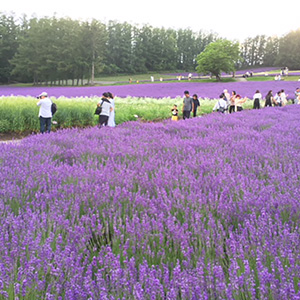Furano・Biei Tourism Zone
Timeless Nature, and the Wisdom of its Inhabitants
In the very center of Hokkaido is the large Furano Biei region a curious place in that summer temperatures are up in the 30s and winter temperatures can get down to almost minus 30, giving a difference of almost 60 degrees. The people who live here will share just a little bit of their wisdom with you so that you can experience a slice of their life.
With the idea of taking a trip that is more like living than visiting, we have come up with a stay plan for you to experience the people, nature and atmosphere of the region like a local. Summer means flower (e.g. lavender) viewing tours, rafting experiences on the Sorachi River, and hot-air ballooning.
In winter you can enjoy a whole variety of attractions such as dry powder snow in below-freezing temperatures even in daytime, snowmobiling and snowshoe experiences, and fishing for smelt. In autumn, the leaves of trees at the foot of Mount Tokachi turn into fall colors all at once, snow bugs flutter in the wild, and you can enjoy delicious freshly harvested vegetables. In spring, the melting snow provides ‘natural water of the white birch’ , and as the mountain plants such as alpine leek begin to spout, you can enjoy the many bounties that the nature of this region has to offer. It is natural that people should have come to settle here as the Furano Biei Region is a unique place like no other.
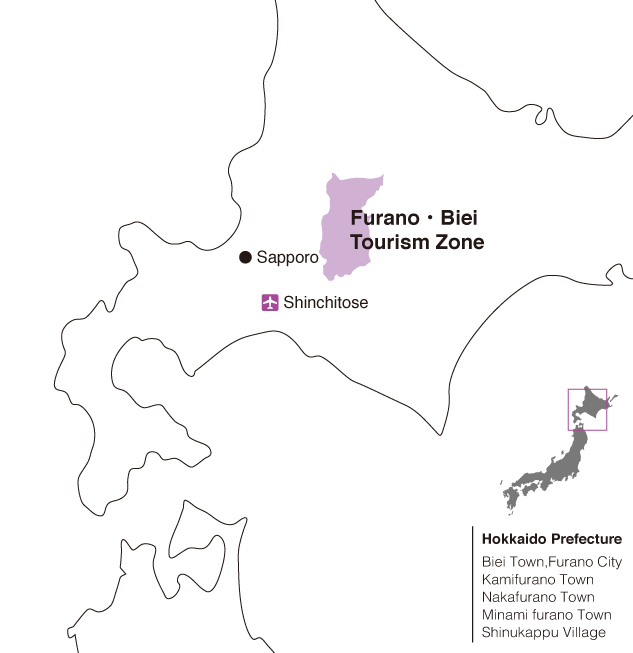

The Characteristics of this Area
■ Climate
There is no other place in the country with such a variation in temperatures, with summer heat over 30 degrees and winter cold close to 30 degrees below. There are many industries that benefit from this nature, with products such as crops and trees, as well as flower tourism.
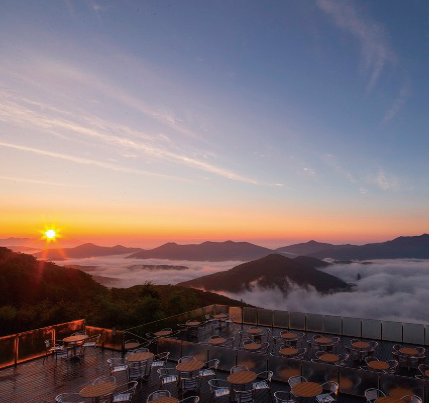
■ Nature
The region has an agricultural industry that has benefited from plentiful water provided by the underground flows from Daisetsuzan and the Tokachi Range which are the ‘roof of Hokkaido’. Also in the region is the university's natural forest which is the size of Tokyo; to ensure its preservation into the future, efforts are being made to protect it and it is also a place of work. It is believed that there are around 100 kumagera (a large woodpecker) in the forest, of which there are only a few hundred remaining in the whole of Japan. This region alone has many types of Hokkaido wildlife, such as bears, foxes and flying squirrels.
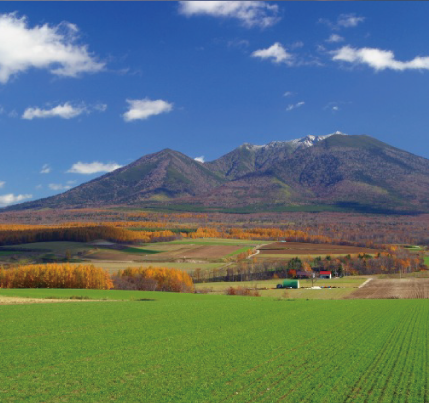
■ Culture
With the foundations of the region laid around 150 years ago it is not a long time in terms of history or for Hokkaido, but it is a natural environment where people have had to adapt to survive. A characteristic of the area is that the people are kind, bridging gaps between each other and having a spirit that is welcoming to outsiders. This year sees the 48th Hokkaido Navel Festival which is a true Hokkaido event. Faces are drawn on stomachs and watching them dance is hilarious.
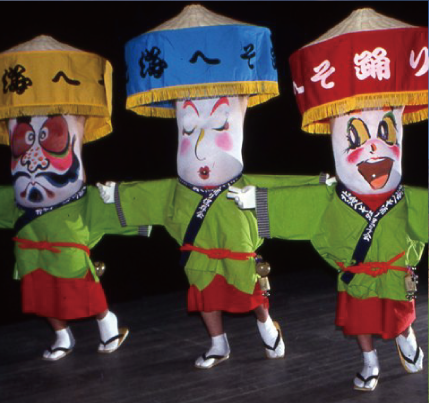
■ Cuisine
The rich soil of the fertile Ishikari River system, including the Sorachi River, provides a variety of agricultural products to the region. Furano melon is the representative for fruits, it is said that there is no vegetable that cannot be had in this vegetable kingdom, and dishes such as ‘Furano Omu Curry,’ using local ingredients as well as the different offerings of the local slow food movement are highlighting the cuisine.
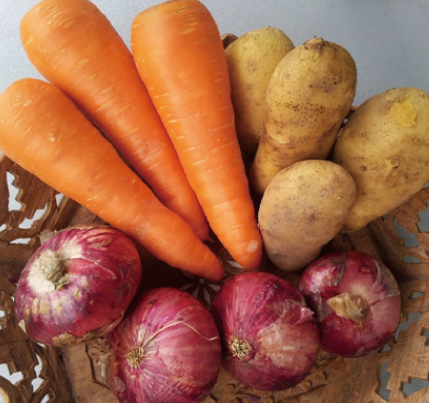

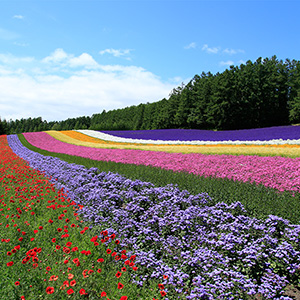
Untouched Hokkaidō—Furano and Biei: A Land of Flower and Farms
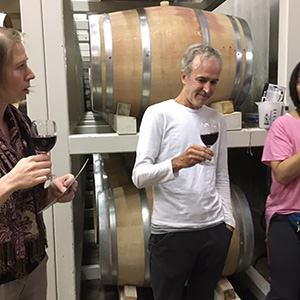
The Local Wineries of Furano and Biei
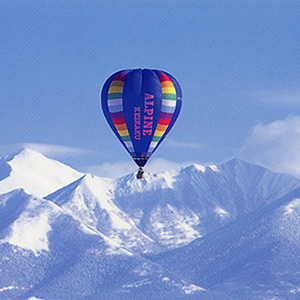
In the Skies of Furano and Biei
Information Center

Furano Tourism Association
Furano-Biei Tourism Centre, 1-30 Hinode-machi, Furano, Hokkaido
TEL 0167-23-3388
E-mail furano@furanotourism.com
URL http://furanobiei.hokkaido.jp/

